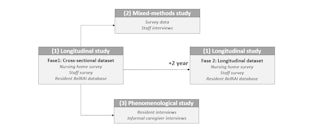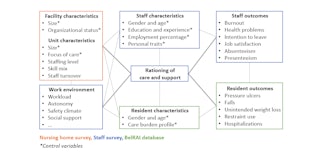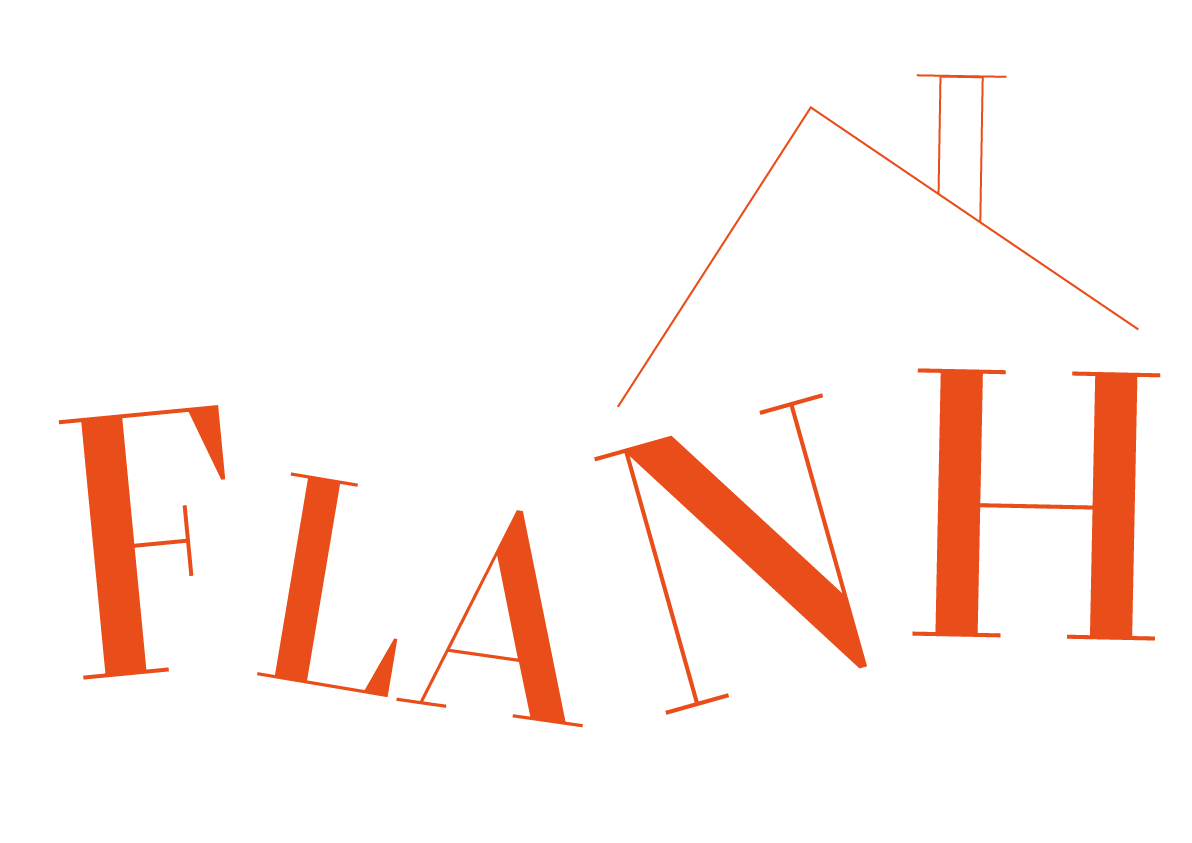In English
The Flanders Nursing Home (FLANH) project focuses on staffing, work environment, care and support and the well-being of residents and staff in nursing homes. FLANH is led by Prof. Mieke Deschodt from the Gerontology and Geriatrics research unit of KU Leuven. The FLANH research team will collaborate with an expert research consortium and stakeholder group. The project has received internal C2 funding form KU Leuven and will run form 2022 until 2026.
Background
Over the past decades, the nursing home population has become older and more frail, and the complexity of their care needs has risen significantly. Nursing home staff are therefore increasingly challenged to provide high quality of care and support. At the same time, nursing homes are struggling to recruit and retain qualified professionals. Understanding the nursing home context and the interrelated factors influencing resident and staff outcomes is therefore of paramount importance. However, to date nursing home research is still very scares and a solid scientific knowledge base that is needed for optimal quality of care and workforce planning in nursing homes is currently lacking.
Aim
The aim of the FLANH project is to develop a comprehensive and in-depth understanding of the relationships between staffing, work environment, care and support, and residents and staff outcomes in nursing homes. To address this aim, we will perform three studies.

(1) Longitudinal study
The first study is a multicenter longitudinal study in Flemish nursing homes consisting of two data collection phases. Begin 2023 we will collect data through a nursing home survey, a staff survey and through the BelRAI database. (BelRAI is the Belgian version of the internationally validated InterRAI, which is a collection of assessment tools to evaluate a resident’s physical, social and psychological functioning and care needs. The government of Flanders has imposed the use of the BelRAI in all Flemish nursing homes by 2023.) The survey and BelRAI data of phase 1 will result in a cross-sectional dataset. Two years later the data collection will be repeated. The data from phase 1 and phase 2 will result in a longitudinal dataset. Both datasets will be used to examine the interrelationships between staffing, work environment, care and support, and outcomes among residents and staff. The longitudinal design of the study also allows us to examine predictors and the impact of change over time.
Below an overview of the variables and data collection methods.

(2) Mixed-methods study
The second study is a mixed-methods study using quantitative and qualitative data. Given the difficulties nursing homes face today in recruiting and retaining qualified staff, we will zoom in on the factors that may influence intention to leave of staff. We will use cross-sectional survey data collected during phase 1 of the longitudinal study. In addition, we will conduct interviews with staff to gain a more in-depth understanding of the reasons underlying staff’s intention to leave. These insights will help develop more effective strategies to support the recruitment and retention of qualified staff in nursing homes.
(3) Phenomenological study
The third study is a phenomenological study on care and support. We will conduct interviews with residents and informal caregivers to gain insights into how they experience care and support and what they find important. These insights will contribute to more person-centered care and support.
